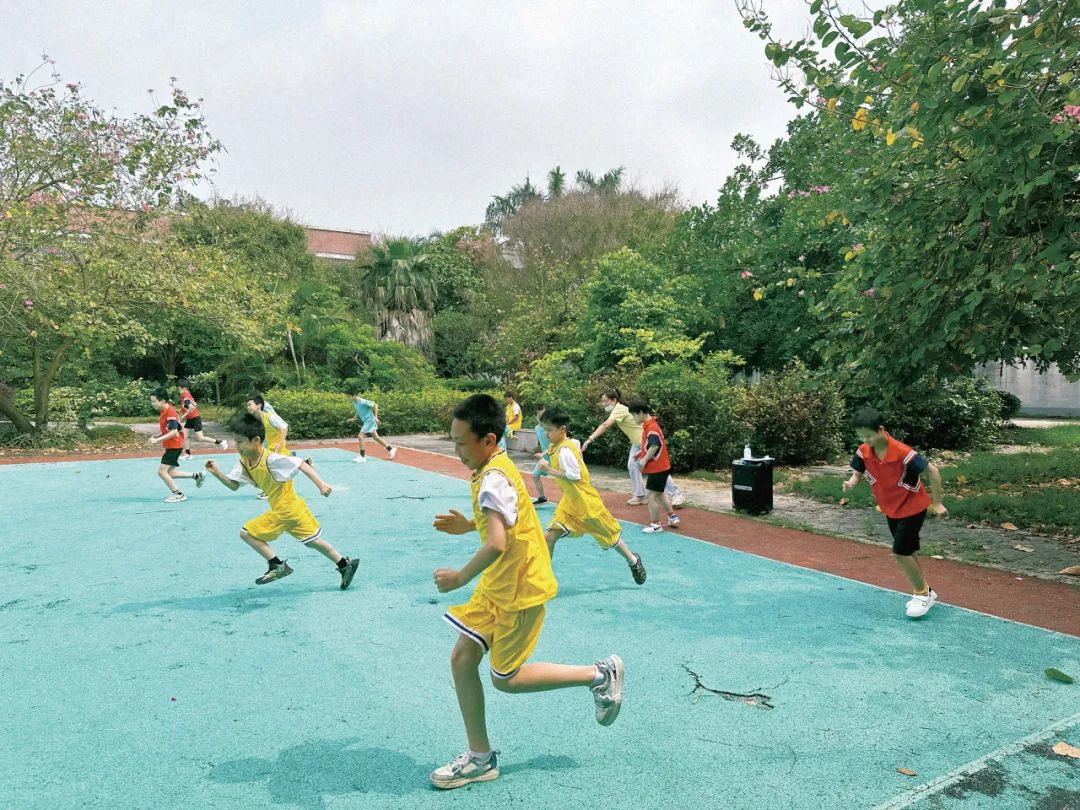
Sports activities or exercise reflect our needs, preferences, desires, and success. The benefits of sports go beyond just building physical strength; they affect other parts of the body in ways we might not fully grasp.
The theory of neural maturation tells us: “The way individuals develop is an inherent biological trait, and the more complex the behavior, the more it shows higher-level activities of the nervous system.”

Children with special needs, especially those with motor impairments like cerebral palsy and other limb dys-functions, will deal with motor function issues throughout their lives. They often get professional help to improve these impairments. However, the World Health Organization recommends that kids aged 5 to 17 should engage in at least 60 minutes of moderate to vigorous physical activity every day. Here’s why:
1. Exercise Promotes Positive Physical Changes:
Kids’ brains are growing quickly and are very responsive to different factors. Exercise or physical activity has a big impact on brain development and building neural networks. It speeds up nerve conduction, improves the accuracy of neural signals, boosts blood flow to provide more oxygen and nutrients to the nervous system, and increases neuro-transmitters like dopamine and serotonin, which help with learning motor skills. Exercise also helps balance the nervous system and reduce stress, maintaining both physical and mental balance.

2. Exercise Encourages an Active Life-style:
Developing healthy habits from a young age is important. Many kids with special needs struggle with weight issues, and poor lifestyle habits, including not enough physical activity, can lead to chronic diseases later in life.
3. Improves Posture:
During growth and development, a child’s bones and muscles need exercise to develop properly. Good alignment of body parts is essential for optimal function. Poor posture issues, like scoliosis, knock knees, bow legs, flat feet, and rounded shoulders, are often related to improper exercise. Physical activity helps kids become more aware of their bodies and use them more effectively.
4. Strengthens Willpower and Improves Problem-Solving:
Different types of exercise vary, but all require muscle contractions, which boost metabolism. Adding a bit more challenge to activities helps build willpower. Plus, exercise provides a natural way for kids to interact, which is great for improving social skills.

5. Influences Cognitive Behavior:
Cognitive factors include both conscious and subconscious awareness, memory, and judgment of per-formance. Exercise significantly con-tributes to the motor control mechanisms of the central nervous system, which in turn supports motor development. Sometimes, motivation can drive activity. Studies using thermal imaging have shown that reaching for moving objects involves a richer network of neural connections compared to reaching for stationary targets. Research also suggests that focusing on a goal during exercise leads to more attention being given to understanding the environment and predicting outcomes.

Therefore, when caring for children with special needs, it’s important not just to focus on correcting and improving their impairments. We should also provide opportunities for holistic development, emphasizing health-oriented approaches to help them lead meaningful lives as adults.
Research by Wei Guorong et al. (2010) shows that kids with motor impairments aged 5-15 often have lower physical fitness levels compared to typical 5-7-year-olds, with some having less than one-fifth of the expiratory volume of their healthy peers. Many current rehabilitation programs are not enough to keep them physically active. Therefore, an active approach to rehabilitation is crucial. Engaging in physical activities can set the stage for their future participation in society.

Here are some activity ideas:
Wheelchair Activities:
100-meter wheelchair races, ball games while seated in a wheelchair, or exercises like pull-ups and torso twists.
For Kids with Limited Movement:
Activities such as speaking or singing involve the respiratory muscles.
For Non-Verbal Kids:
Long vocalizations like “eeeee” or “aaaaa” can help engage the respiratory muscles and boost their heart and lung capacity.
For Kids with Intellectual or Visual Impairments:
They can join in the same sports as other kids, as long as the level of difficulty matches their abilities.
To ensure safe participation in physical activities, start by comparing the resting heart rate with the post-exercise heart rate. If the post-exercise heart rate doesn’t exceed 30%-40% of the resting rate, it’s generally safe. Begin with 5-10 minutes of exercise and gradually increase as needed. For around 10-year-olds, aim for 20 minutes per session, twice a day, working up to the World Health Organization’s recommendation of 60 minutes of exercise daily.

Exercise is crucial for overall development. It helps kids stay energetic for daily activities and enjoy leisure time as adults. With gradual and consistent physical activity, children with special needs can thrive and grow.